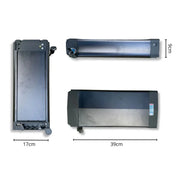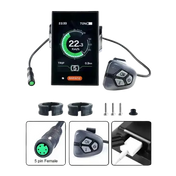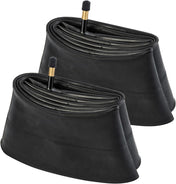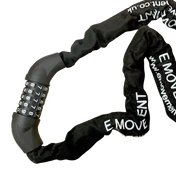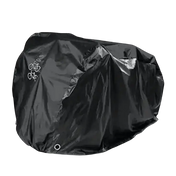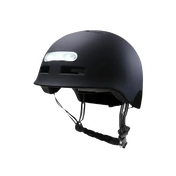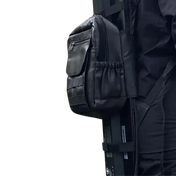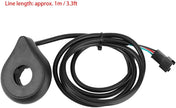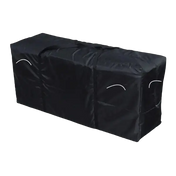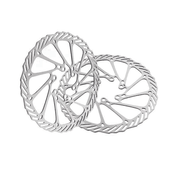1. Legal and Age Requirements
1.1. Under UK law, an e-bike is considered an Electrically Assisted Pedal Cycle (EAPC) if it:
-
Has pedals to propel it,
-
Has a motor that does not exceed 250 watts,
-
And stops motor assistance at 15.5 mph (25 km/h).
1.2. EAPCs do not require registration, tax, or insurance if used within legal limits.
1.3. The minimum recommended age to operate an e-bike on public roads in the UK is 14 years. However, we recommend a minimum user age of 16 years for safety and handling purposes.
2. Pre-Ride Safety Checks
Before every ride, perform the following safety inspection:
2.1. Nuts, Bolts & Quick-Release Mechanisms
-
Check all nuts, bolts, and quick-release levers (especially those securing the wheels and folding frame) are tight and secure.
-
Folding bikes must have their hinge locks, latches, and folding joints fully engaged before riding.
2.2. Brakes
-
Test front and rear brakes. Squeeze the levers and ensure the bike stops smoothly without delay.
-
If the brakes feel loose or spongy, do not ride the bike until they are serviced.
2.3. Tyres
-
Inspect for signs of puncture, wear, cracks, or damage.
-
Check tyre pressure and inflate to the manufacturer-recommended PSI. Under-inflated or over-inflated tyres can cause instability.
2.4. Chain & Drivetrain
-
Check that the chain is lubricated, not rusted, and properly tensioned.
-
Ensure the pedals and crankset rotate freely without noise or resistance.
2.5. Pedal Assembly
-
Always pair the correct pedal with the appropriate side of the crank (R = Right, L = Left).
-
Forcing the incorrect pedal can damage the threads or cause cross-threading, leading to unsafe riding conditions.
2.6. Lighting & Reflectors
-
Ensure all required lights (white front, red rear) and reflectors (front, rear, pedal) are working and clean.
3. Folding E-Bike Safety
3.1. Always ensure the folding mechanism is fully secured before riding.
3.2. As part of your daily inspection, check the folding joints, clamps, and release levers. Vibrations from regular riding, especially on uneven surfaces, can loosen these components over time.
3.3. Do not ride if any part of the folding mechanism feels loose, unstable, or does not lock securely. Seek assistance from a qualified technician before using the bike.
4. Battery Care and Charging Safety
4.1. Battery Charging
-
Always use the manufacturer-supplied or approved charger.
-
Only charge the battery in a cool, dry, well-ventilated area.
-
Avoid charging near flammable materials.
-
Ensure the charging port is dry before connecting. If wet, dry it with a soft cloth or compressed air.
4.2. Battery Storage
-
Do not store your bike with a flat battery.
-
If the bike is in storage, charge the battery at least once every three months to maintain its health.
-
Keep the battery partially charged (approximately 40–60%) and store it in a cool, dry environment away from direct heat or sunlight.
4.3. Battery Replacement & Fire Safety
-
If the battery shows signs of swelling, overheating, leaking, or damage, stop using it immediately.
-
Never tamper with or disassemble the battery.
-
Recycle old batteries only at authorised centres in accordance with local environmental regulations.
5. Routine Maintenance and Cleaning
5.1. After Each Ride
-
Wipe down the bike using a clean, dry cloth, particularly the display, motor, and battery casing.
-
Use mild soapy water or waterless cleaner on the frame; avoid high-pressure hoses, which may damage electrical components.
5.2. Weekly Checks
-
Inspect the brake pads/discs for wear. Replace if the pads are thin or noisy—do not wait for scheduled service intervals.
-
Check tyres and rims for wear, sidewall cracks, or uneven wear.
-
Ensure all spokes are tight, and the wheels are true (not wobbling).
-
Lubricate the drivetrain (chain, cassette, and derailleur) regularly using e-bike approved lubricants.
-
Use only manufacturer-recommended cleaners and tools.
5.3. Brake Cleaning
-
Clean brake assemblies using approved brake-specific cleaners.
-
Never use oily or general-purpose cleaners on brake components.
6. General Safety Notes
6.1. Never ride an e-bike that feels unstable or noisy. Stop and inspect immediately.
6.2. Always perform a final visual inspection before mounting the bike.
6.3. Do not ride with loose fittings, unsecured batteries, or unlatched folding mechanisms.
6.4. If unsure, consult a certified bicycle technician before continuing to use the bike.
7. Warranty, Compliance, and Disclaimer
7.1. Improper installation, unauthorised modifications, or use of non-approved parts may void your warranty and could render the bike non-compliant with UK road regulations.
7.2. This guide is intended to promote safe riding and responsible ownership. It should be read in conjunction with your product's user manual and does not substitute professional servicing or legal advice.
7.3. E-Movement and its partners are not liable for injury, damage, or loss resulting from misuse, neglect, or failure to follow safety procedures outlined above.
8. Further Information
-
UK Government Guidance on E-Bikes: www.gov.uk/electric-bike-rules
-
Recycling Battery Guidance: www.recycleyourelectricals.org.uk
-
Local Authority Fire Safety Advice: Check your borough’s Fire & Rescue Service website





